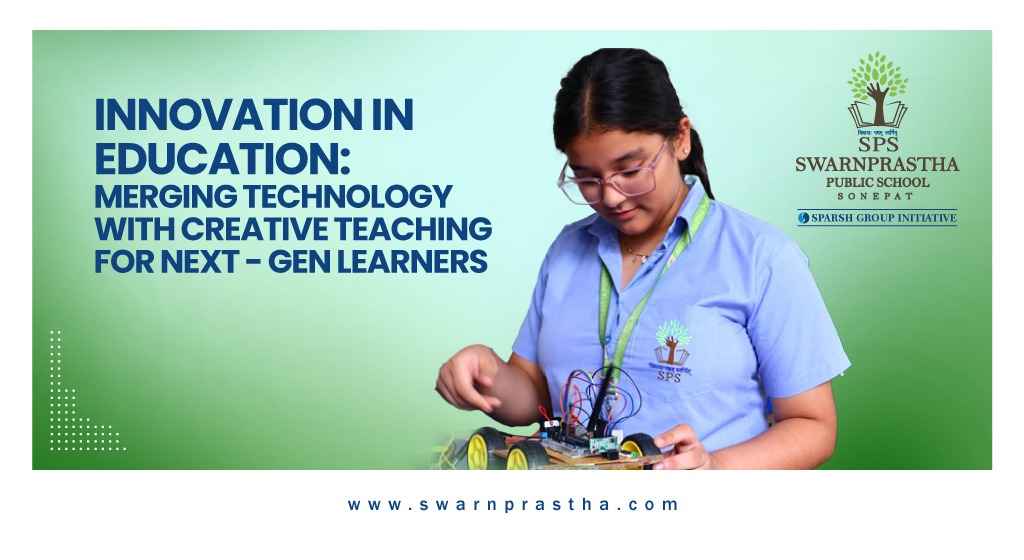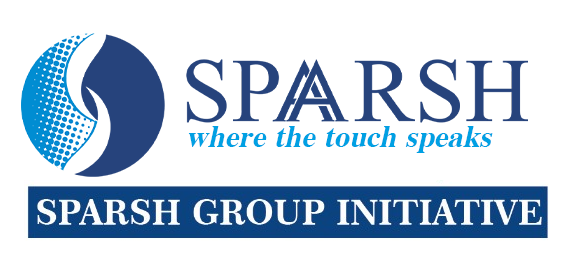Technological advancement is causing a rapid transformation of education in today’s world more than ever before. The integration of technology in teaching and learning is an absolute necessity; it has now become critical to prepare students for their future life and career. The global educational system is no longer underestimating the need to integrate these two factors to help serve the next generation learners better in a world of innovation, flexibility and learning, as a lifelong process.

The Shift in Educational Paradigms
Comprehensive approaches to education where the teachers introduce the topics to learners is slowly disappearing. Technology based strategies are pointing to the use of tools and digital platforms in teaching that favour students. If well adopted, technology can break the monotony, provide a personalised approach to student learning and even foster creativity. Modern teachers should use such possibilities in the classroom and at the same time promote creativity, critical thinking and collaboration.
Acquisition of these skills requires creativity in teaching. Contemporary educators are expected not only to teach content knowledge but also to cultivate instructional contexts that allow students to discover, innovate and create. This new education paradigm is a blend of digital approach and crafting personal experiences and learning.
The Role of Technology in Enhancing Learning
Education today is incomplete without technology. Mobile learning, electronic board, tablet, learning applications and smart learning systems are transforming the way students learn. These tools provide flexibility, timely feedback and access to global information.
Currently, VR and AR are offering significant changes especially in teaching a wide choice of subjects. All these interesting topics such as ancient civilisation, science experiments and knowledge about different countries can be taught and explained in class. Use of learning experiences makes learning effective since it enhances the understanding of the content and also makes the experience enjoyable.
Schools also benefit from AI. Smart applications enable to take exams in real-time and develop unique paths within a curriculum tailored to the student’s strengths and weaknesses. These processes bring in flexibility that tends to individualise delivery of education.
Also, digital technologies make it possible for classrooms located in different parts of the world to collaborate. Video conferencing, cloud base technologies and synergistic platforms enable students to interact on projects with students in other nations; therefore students get to enhance their outlook and articulate intercultural competencies.
Merging Creativity with Technology
Technology may supply the means, but innovative instruction is what makes them work. Digital devices alone are not enough to create engaging learning experiences; instructors must use creative tactics.
Project-based learning (PBL) mixes technology with real-world problem-solving. PBL encourages inquiry, creativity and teamwork in student projects. This strategy promotes critical thinking and lets students use their information creatively.
Gamification also combines technology and creativity. Gamification encourages students to actively participate in class by transforming learning tasks into games. Educational apps, coding games and classroom challenges make learning engaging while reinforcing critical concepts.
Flipped classrooms are also on the rise. This strategy has students watch videos at home and use class time for hands-on exercises, group discussions and problem-solving. This method maximises technology for self-paced learning and frees up classroom time for creativity and interaction.
Preparing Students for the Future
Merging technology with creative teaching is not just about making education more engaging - it’s about preparing students for a future where adaptability, innovation, and problem-solving will be critical. The workforce of tomorrow will require individuals who can think critically, collaborate effectively and navigate complex, ever-changing environments.
By incorporating both technology and creative teaching methods, schools are developing students’ digital literacy, fostering creativity and instilling a mindset of lifelong learning. These skills are crucial in a world where automation and artificial intelligence are transforming industries and reshaping job markets.
Conclusion
The integration of technology and creativity in education is redefining what it means to learn. Swarnprastha Public School is at the forefront of this educational transformation, ensuring that its students are prepared not only to excel academically, but also to become innovative thinkers and problem solvers. By embracing this combination, SPS fosters a learning environment where students can develop essential skills like critical thinking, collaboration and adaptability. As education continues to evolve, schools like Swarnprastha are paving the way for the next generation, equipping them to meet the challenges of a rapidly changing world with confidence and creativity.
FAQ
1. What is the significance of creativity in contemporary education?
Modern education requires creativity to foster critical thinking, problem-solving and innovation. Teachers can encourage students to experiment, investigate and apply their knowledge in real-world situations using PBL, gamification and flipped classrooms. Creative education and technology help kids develop abilities that are critical for the future workplace.


